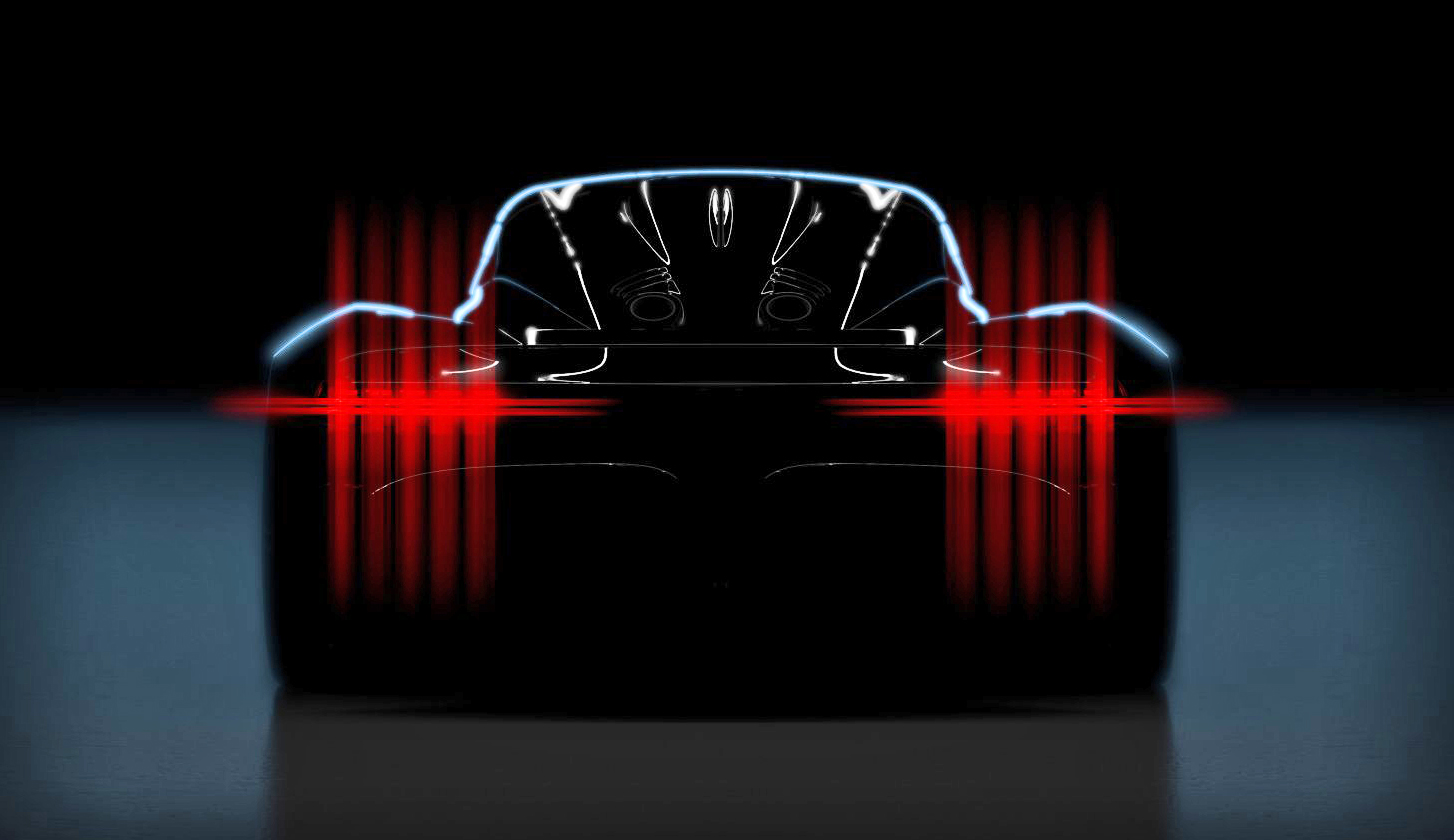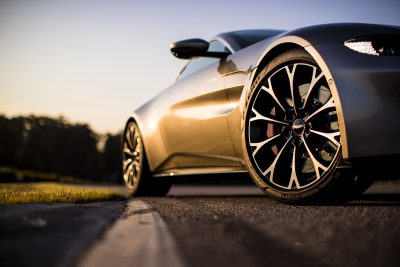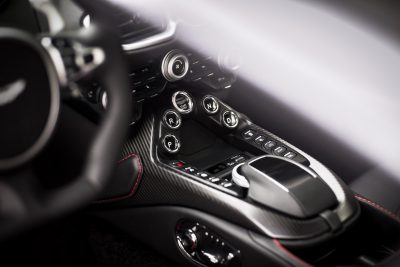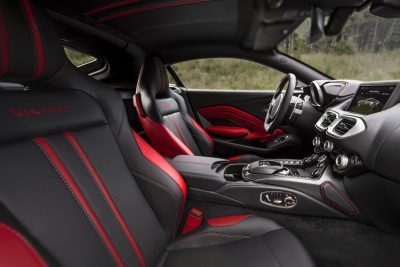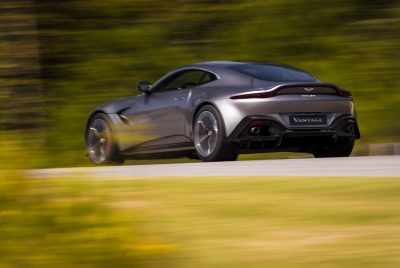The recent decision by Mercedes-AMG to phase out all of its V8 engines has left Aston Martin in a bind. When the current generation Vantage and DB11 first appeared on the scene, Aston was quick to point out at the time that it foresaw a healthy future for the V8. But with the engine being axed, Aston was forced to go to creative measures to resolve this impending problem, and has confirmed that an all new engine is indeed in the works to replace it.
Less is more in this important regard, with Aston taking the unusual step of eventually replacing the V8 with an electrified V6 engine that will be built in-house by the company. Aston Martin has had six cylinders in the past, but typically as inline engines, with the most recent example being the long departed DB7 which briefly sported a heavily modified version of Jaguar’s inline six (the two firms were related at one time) before the surging popularity of the V12 engine muscled it out of the lineup. The news was revealed by Aston Martin CEO Andy Palmer during a phone interview with the publication Car and Driver.
“Mercedes have made no secret of where their engine technology is moving to, and obviously we don’t foresee four-cylinder engines in our Astons,” he told the publication. “So we’ve got to make our own journey.”
As mentioned, the company has no formal experience developing an in-house V6 offering, but Palmer is very confident in the adaptability and overall ability of the company’s engineers to produce an engine that can be more efficient while also retaining some of the fun to drive characteristics that have defined Aston Martin for nearly all of its history. Hybridization will be a key pillar for the new engine, with Aston Martin signaling that we could see hybridization go in other steps beyond this novel engine to help achieve future green vehicle goals.
“The key is sound, tuning the pipes to make it sound like an Aston,” Palmer revealed. “Obviously we can use the hybrid system and the electric motor to fill in on torque so you can compensate for the cylinder size with the electrical assist. As long as it feels like a V8 and sounds majestic, I think it’s a perfectly sensible way to go, and a lot more sensible than an [inline] four would be for us.”
As for whether the V12 will stick around at Aston Martin, Palmer told Car & Driver that the company is remaining committed to V12 engines for the for-seeable future, with Palmer revealing that V12 production will move from Cologne to an unnamed facility in the United Kingdom where the majestic twelve cylinder will be built alongside the new V6. “I hope the V12 is around for a good while longer. You can see in the longer term it won’t last, but certainly over the next few years we can continue to produce V12 engines and we can make them more CO2 friendly.” That CO2 goal is key, with Europe tightening its emissions standards which has already put the squeeze on other big engines. The V12 is also a rather dated engine, with some of its architecture dating back to its initial infancy under Ford ownership, so major revisions would have to be made in order to help the engine be ready to accept newer green technology (including possible electrification tech) to help it remain compliant with the unpredictable legal and environmental landscapes.

Carl Malek has been an automotive journalist for over 10 years. First starting out as a freelance photographer before making the transition to writing during college, his work has appeared on numerous automotive forums as well as websites such as Autoshopper.com.
Carl is also a big fan of British vehicles with the bulk of his devotion going to the Morgan Motor Company as well as offerings from Lotus, MG, and Caterham. When he is not writing about automobiles, Carl enjoys spending time with his family and friends in the Metro Detroit area, as well as spending time with his adorable pets.

